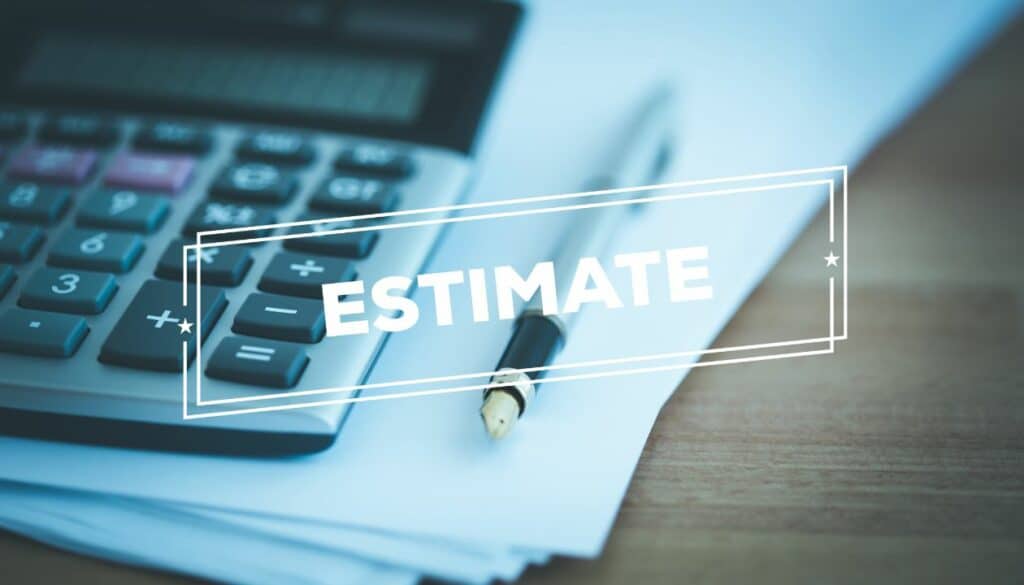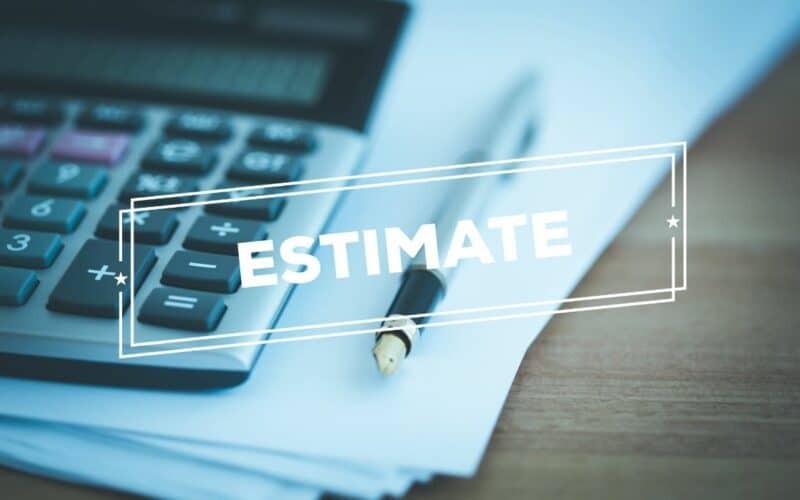If a country has to develop economically and improve socially, then a proper Poverty Line Estimation is a very basic thing that a government can do.
Often people are least interested in talking about poverty in India. But this article is an attempt to shed some light on poverty in India.
Whether you are a student or just a layman, you must read the following article to learn more about poverty in India.
You will learn everything about poverty line estimation in India, like its importance, various committees formed by the government, methodology, challenges etc.
If you can’t do anything about the poverty situation in India, then at least you can read this article to become aware of the situation.

So let us get started.
Keep in mind figures and other stats given in this article are tentative.
Why is Poverty Estimation Important?
Before you read any further, you need to know the importance of poverty estimation, especially in India.
- First of all, poverty estimation is a constitutional requirement as the Indian constitution guarantees an equitable society and poverty estimation is an effective way to create such a society. By identifying poor and vulnerable sections of our society government can reach out to them through targeted welfare programs.
- After poverty estimation government is able to devise the right strategies and welfare schemes to eliminate poverty effectively, the government can make a gross estimation of how much they will require to spend on welfare each year and allocate the budget accordingly.
- Poverty estimation also helps to estimate the impact of previously launched welfare schemes by the government. They can track the success, failures and overall impact of various schemes on the people it was originally designed for.
Challenges Faced in Poverty Estimation
Be it poverty estimation, general election or national census, every exercise is a daunting task. Some of the reasons that make poverty estimation in India difficult are
- India is the most populated country in the world, which makes the task even more difficult.
- Ascertaining the right BPL constituents is always difficult due to varying prices from one region of the country to another.
- Differences in lifestyle patterns, especially eating habits of people in different regions of the country.
- Disagreement among people between various ideas was expressed in the Tendulkar Committee and Rangarajan Committee.
- The international poverty line differs from country to country.
Prominent Poverty Estimation Committees in India
Various committees were set up in India since independence to estimate poverty in India. Some of the most prominent estimation committees are
VM Dandekar and N Rath Poverty Committee
In 1971, VM Dandekar and N Rath Poverty used NSSO data and conducted a systematic assessment of poverty and recommended that the criteria for the poverty line should be according to spending capacity in rural and urban areas that could supply 2250 calories a day.
Alagh Committee
In 1979, Alagh Committee was established and led by Y K Alagh. The committee suggested a poverty line based on dietary needs and linked consumption expenditure.
Lakdawala Committee
Lakdawala Committee led by Prof. DT Lakdawal recommended fixed consumption basket based on calorie consumption should be used. Also, there should be the construction of state-specific poverty lines.
The committee must use NSS data.
Tendulkar Committee
Tendulkar Committee was formed in 2009 and led by Suresh Tendulkar. Instead of using the universal reference period, the committee used the mixed reference period.
The committee recommended the following ideas:
- The shift of poverty elimination from calorie consumption levels,
- Uniform poverty line basket (PLB)
- Change in price adjustment methods and
- Incorporation of private expenditure into education & health.
C Rangarajan Committee
C Rangarajan Committee was created to review the international poverty estimation method and provide an alternative method for poverty estimation.
Committee also recommended the alignment of various poverty elimination schemes of the Indian government.
The final report was submitted in 2014 that dismissed the poverty estimation in India by Tendulkar Committee.
Describe How The Poverty Line Is Estimated In India
Income and consumption levels are two important variables that are used for poverty estimation in India.
According to this method, if a household income or consumption level falls below the minimum level called Poverty Line, it is said to be BPL or Below the Poverty Line.
Poverty Line Calculation:
NITI Aayog uses National Sample Survey Organization (NSSO) data and calculates Poverty Line under the Ministry of Statistics and Program Implementation (MOSPI). Earlier, the same thing was done by Planning Commission.
Consumption Levels and Income Levels:
Income and consumption levels are used to calculate poverty. In India, the primary criterion used to indentify the poor is mainly consumption expenditure and not income level. It is because the consumption pattern is more stable.
Normally, poverty estimation is done by taking the ratio of consumption and income. If these two variables fall below a certain threshold, then the family is considered to be living below the poverty line.
Consumption Level is considered a valid criterion for the following reasons:
- Additional Income – If a person has additional income sources, then it makes it difficult for the Aayog to evaluate a person’s gross income.
- Income Variation – Self-employed individuals and daily wage earners vary in their income.
- Ease of Data Collection – Consumption value uses a reference period of 30 days. During this period, a particular household is asked questions about their consumption.
Data Collection Methodology for Poverty Estimation
Data collection methodology in India kept changing over a period of time.
Planning Commission Methodology
According to the Planning Commission Methodology, Rural and urban poverty lines were first defined in 1973-74 in terms of Per Capita Total Expenditure (PCTE).
Consumption level is measured in terms of the collection of essential goods and other services known as the reference Poverty Line Basket or PLB. PLB was determined separately for rural and urban areas of the country.
PLB was calculated on the basis of calorie consumption per day, essential items like food, clothing, fuel, rent, conveyance and other items.
Back then, the official Poverty line was the national average expenditure per person incurred to obtain essential items mentioned in PLB.
URP
URP or Uniform Resource Period methodology was used from 1993 to 1994. During this one year, the poverty line in India was based upon URP. Consumption data collected by NSSO was based on URP.
URP was calculated based on a person’s consumption expenditure for the last 30 days. A person was asked about their consumption of essential items for the last 30 days.
MRP
Since 1999-2000 onwards, the NSSO switched to a Mixed Reference Period or MRP. During this period, NSSO used the MRP method to measure the consumption of five low frequency items like clothing, footwear, durables, education and institutional health expenditure by a person.
MRP measured the consumption of these five low frequency items for the last year and all other items for the last 30 days.
I hope after reading this article, you as a citizen will have a fair idea about poverty in India. You would have also come to know what steps successive governments have taken for poverty estimation and its elimination since independence.









